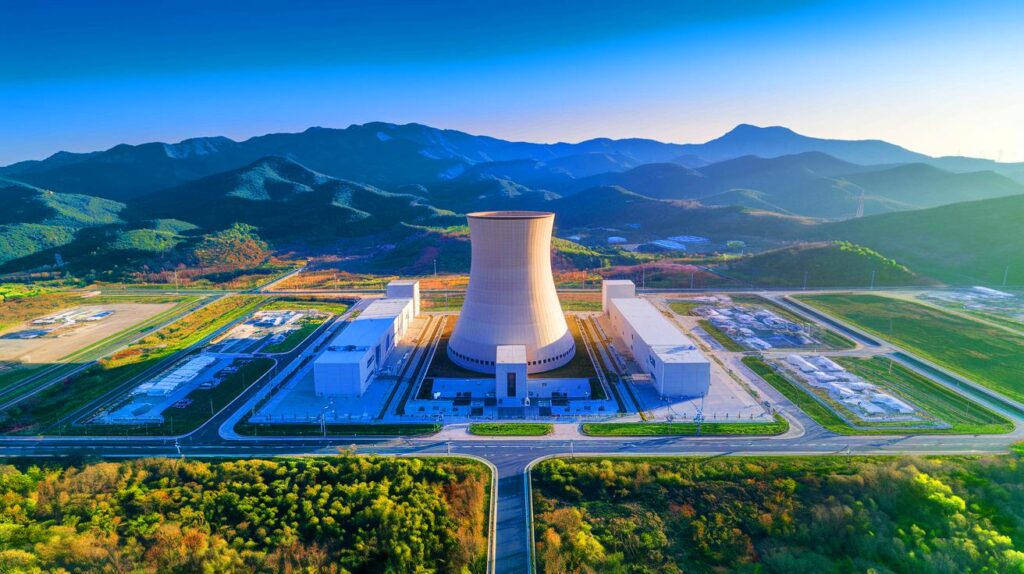| IN BRIEF |
|
The construction of a laser fusion research center in China is attracting global attention. This ambitious project, revealed through satellite images, raises questions about its objectives and implications. Aiming to surpass the National Ignition Facility in California, China asserts its position in energy and military research. This development holds promise for scientific advancements, while also raising concerns regarding its potential nuclear use. Discussions surrounding this center reflect current geopolitical and technological issues, with significant potential impacts on the international balance of power.
China, New Leader in Laser Fusion?
China’s ambitions in laser fusion are materializing in Mianyang. This center, set to be 50% larger than the National Ignition Facility, represents a major advancement in nuclear fusion research. By leveraging cutting-edge technologies, China aims to become a key player in this field. This facility could not only enhance the understanding of fusion processes but also offer more effective and safer methods. While the primary goal is the production of clean energy, military implications cannot be overlooked. The project thus strengthens China’s strategic position on the global stage, generating debate on its true intentions. China’s determination to remain at the forefront of technological developments underscores its ambition for global leadership in laser fusion.
Technology and Military Implications
The Mianyang center integrates laser bays and a target chamber, essential components for laser fusion. These facilities enable the fusion of hydrogen isotopes, a central process for this technology. According to Decker Eveleth, these infrastructures could serve both civil and military purposes. The capability to develop advanced nuclear weapons is a major concern for the international community. Laser fusion technology could effectively simulate thermonuclear processes, reducing the need for large-scale nuclear tests. This evolution could disrupt the nuclear power balance, making weapons more sophisticated. The comparison with the NIF highlights a trend towards using fusion to enhance nuclear weapons, raising questions about the strategic intentions behind this project.
Comparison with the National Ignition Facility
The National Ignition Facility is renowned for its ability to focus 192 laser beams onto a tiny target with extreme precision. This technology has enabled significant advances in understanding fusion reactions. China appears poised to surpass this technological feat with a facility 50% larger. This ambition could provide China with a considerable competitive edge in laser fusion research. By incorporating advanced technologies, the Chinese center could establish new standards and outperform the NIF. This scientific competition is spurring research, but also raises concerns about the military intentions behind these developments. China’s determination to become a global leader in this field is evident, reinforcing the strategic importance of this technological investment.
Geopolitical and Scientific Repercussions
China’s rise in laser fusion has international ramifications. Major powers such as the United States, France, the United Kingdom, and Russia may view this development as a challenge to their technological supremacy. The geopolitical implications of this race for fusion are complex and multifaceted. Scientifically, this center could accelerate nuclear fusion research, paving the way for sustainable energy solutions. However, potential military applications cast a shadow over the project. The international community is closely monitoring these developments, aware of the strategic stakes. China could influence global energy policies and redefine power dynamics in the energy sector, potentially altering global relations.
As China continues its ambitious project to establish a laser fusion research center, the world is watching with great interest. This technological development has the potential to transform not only the landscape of scientific research but also the global military power balance. In the face of these challenges, how will other nations respond to this technological advancement from China?







